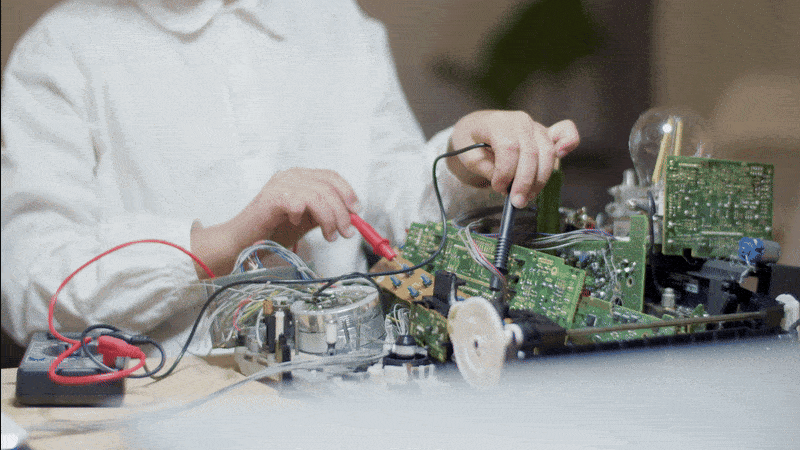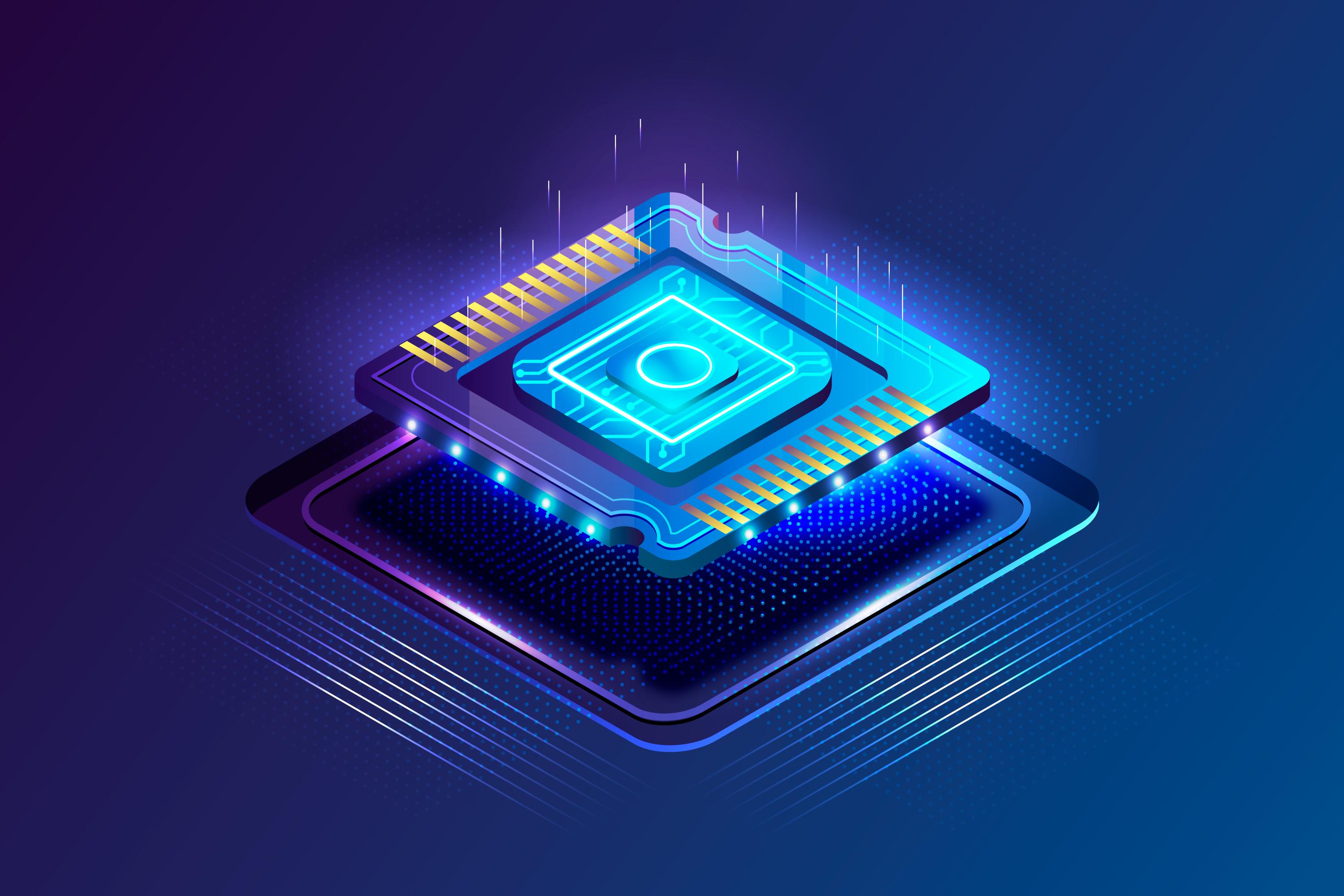The digital age is advancing rapidly, driving demand for highly skilled professionals across various technology sectors. Among these, physical design has emerged as a vital area within the semiconductor and electronics industries. For individuals aspiring to secure high-paying, tech-focused roles, enrolling in a physical design course offers significant advantages. In this article, we delve into the physical design course benefits, how it facilitates a transition into a well-paying career, and the physical design course advantages that contribute to building a prosperous professional path.
The Rise of High-Paying Jobs in Physical Design
The increasing reliance on semiconductor technologies, paired with the surging demand for advanced electronic devices, has led to a significant rise in high-paying career opportunities within the field of physical design. Positions like physical design engineer, ASIC designer, chip layout engineer, and hardware designer are highly sought after by companies worldwide.
One of the notable physical design course advantages is that it equips professionals with the specialized knowledge and skills required to excel in these roles. These positions offer lucrative salaries due to the technical expertise and problem-solving abilities they demand. The complexity of tasks in this field ensures competitive compensation, making a transition into physical design a transformative career move for professionals.
Benefits of a Physical Design Course
In-depth knowledge of the Physical Design Process
A major highlight of the physical design course benefits is the thorough grasp of the physical design flow that participants acquire. These courses delve into critical topics such as floorplanning, placement, clock tree synthesis, routing, and signal integrity analysis. Mastering each phase of the physical design process is essential for crafting efficient and high-performing chips, and these courses lay a robust foundation for addressing such complexities.
By completing a physical design course, you develop the expertise to visualize and design intricate layouts, maximize space utilization, and navigate design constraints—skills that are in high demand across the industry.
Industry-Relevant Skills
A physical design course is designed to provide you with the specific, industry-relevant skills needed to work with leading semiconductor companies. The course content is frequently updated to reflect the latest trends, tools, and techniques used in the field. Whether you are learning about the use of EDA (Electronic Design Automation) tools, analyzing timing closure, or understanding power consumption optimization, the skills you acquire will directly apply to real-world job scenarios.
Employers in the semiconductor and electronics industries are constantly on the lookout for candidates with the right combination of skills and expertise. Completing a physical design course equips you with the technical knowledge to meet these industry demands, making you an attractive candidate for high-paying positions.
Hands-On Experience with Tools and Software
Another major advantage of physical design courses is the hands-on experience you gain with industry-standard tools and software. Tools like Cadence, Synopsys, and Mentor Graphics are widely used in the physical design process, and proficiency with these tools is a critical asset in the job market.
These courses typically offer practical, real-world training on how to use these tools to solve complex design problems. With this expertise, you can confidently approach tasks like layout optimization, route planning, and design verification, which are fundamental in physical design engineering roles.
Better Job Opportunities and Career Advancement
As the semiconductor industry continues to expand, there is a growing demand for skilled physical designers. By completing a physical design course, you position yourself to access a wealth of job opportunities in a high-growth field. Whether you want to join a cutting-edge startup or a well-established semiconductor giant, the expertise gained through these courses is a valuable asset in your career journey.
In addition, a physical design course can serve as a stepping stone to higher-level positions. Professionals with experience in physical design can move into roles such as senior physical design engineer, lead layout designer, or even managerial positions overseeing design teams. The training and expertise gained from these courses can help accelerate your career progression and increase your earning potential.
Strong Networking Opportunities
Physical design courses often involve interactions with industry professionals, instructors, and peers who are also passionate about technology. These networking opportunities can prove invaluable in terms of job placement, mentorship, and collaboration on projects.
Many courses are taught by instructors who are experienced professionals in the field, and their connections to the industry can open doors to exclusive job opportunities. Additionally, the relationships you build with classmates and alumni can help you stay up-to-date with the latest trends and practices in physical design, further enhancing your career prospects.
Advantages of Physical Design Courses for Career Transitions
Smooth Transition from Other Tech Disciplines
For professionals already working in related fields such as electronics engineering, software development, or hardware design, a physical design course offers an effective way to transition into a more specialized role in the semiconductor industry. By leveraging your existing knowledge and learning the intricacies of physical design, you can easily move into high-paying roles in the field.
The course provides a structured path for career changers, allowing you to build on your existing skills while gaining the necessary expertise to succeed in a new domain.
Job Security in a Growing Industry
The semiconductor industry is expected to continue its expansion in the coming years. As technology becomes increasingly integral to everyday life, the need for more sophisticated, efficient, and powerful chips is only growing. This makes physical design a secure career path, as the demand for skilled professionals in this field is unlikely to diminish anytime soon.
By completing a physical design course, you are positioning yourself in an industry that promises not only job stability but also the opportunity for rapid career growth.
Access to High-Paying, Global Job Markets
Physical design engineers are in demand globally, and completing a physical design course gives you the ability to tap into international job markets. Many tech companies based in regions like Silicon Valley, Europe, and Asia are looking for experts in physical design. Your training can qualify you for high-paying opportunities not just locally, but globally, expanding your job options and increasing your earning potential.
Conclusion
The benefits of a physical design course are numerous for professionals looking to transition into high-paying jobs within the technology sector. With the semiconductor industry continuing to grow and evolve, the demand for skilled physical design engineers has never been higher. By acquiring the in-depth knowledge, technical expertise, and hands-on experience offered in a physical design course, you can position yourself for success in a high-paying, rewarding career.
Whether you are just starting out or looking to make a career transition, a physical design course can be a game-changer, opening the door to exciting job opportunities, career advancement, and financial success. If you’re ready to take the leap into a high-paying job, investing in a physical design course could be one of the best decisions you ever make.

VLSI Career Roadmap for Engineering Graduates: Step-by-Step Guide
A complete VLSI career roadmap for engineering graduates. Learn skills, domains, tools, and steps to become a successful semiconductor engineer in the chip design industry.

Title: Top VLSI Career Paths for 2026 Graduates and Best Semiconductor Companies in India
Meta Description: Explore the top VLSI career options for 2026 engineering graduates and discover India’s best semiconductor companies for high-paying jobs. Learn about roles, skills, and top recruites

Why VLSI Engineers Must Care About Side-Channel Attacks, Secure Design, Verification, and Hardware Mitigation
Learn why VLSI engineers must prioritize side-channel attacks, secure design, verification, and mitigation to build trustworthy, resilient, and future-ready hardware systems.

VLSI Skills Every Engineering Graduate Must Learn to Stay Ahead in the Semiconductor Race
Discover the must-learn VLSI skills for engineering graduates to stay ahead in the semiconductor industry. Boost your career with essential chip design and verification skills.
_11zon.jpg)
How Verification Engineers Master Tools and Languages Used in the VLSI Industry
Discover how verification engineers master essential tools, languages, and methodologies in VLSI industry. Learn skills needed to stay competitive and future-ready.
VLSI Online Training in Punjagutta, Mastering VLSI Design With Hands On Projects, VLSI RTL Design and Verification Online Training in Kochi, Power Of Action Words In Physical Design Resume, AI Enabled Optimization Techniques In VLSI Design, VLSI Training Institute in Punjagutta, SoC Design Engineer Career, Physical Design Online Training in Kochi, Whats After Engineering, Myths About Careers In VLSI Design, How To Learn VLSI Concepts, Explaining Career Gaps In Interviews, VLSI RTL Design and Verification Training in Pune
Hours
Copyright 2025 © VLSI Technologies Private Limited
Designed and developed by KandraDigitalCopyright 2025 © VLSI Technologies Private Limited
Designed, Developed & Marketing by KandraDigital
